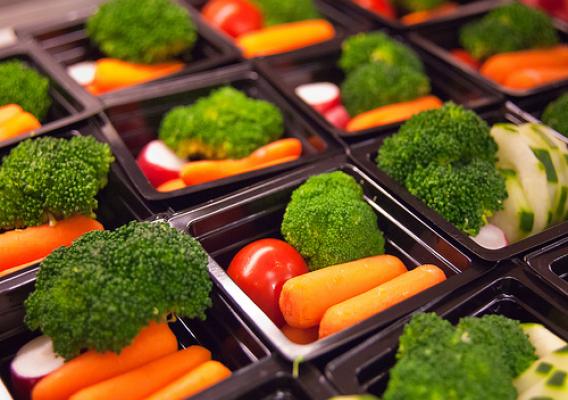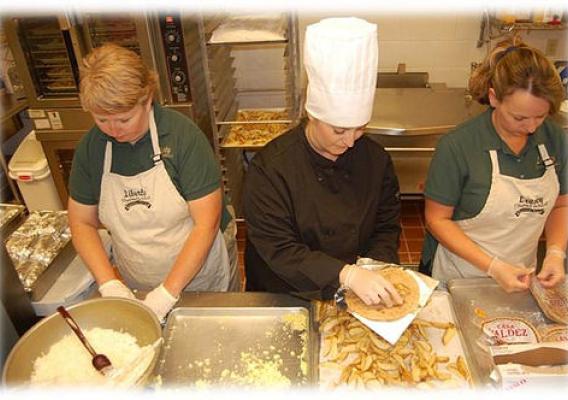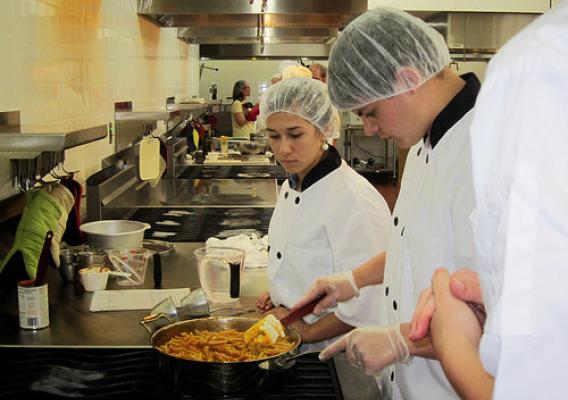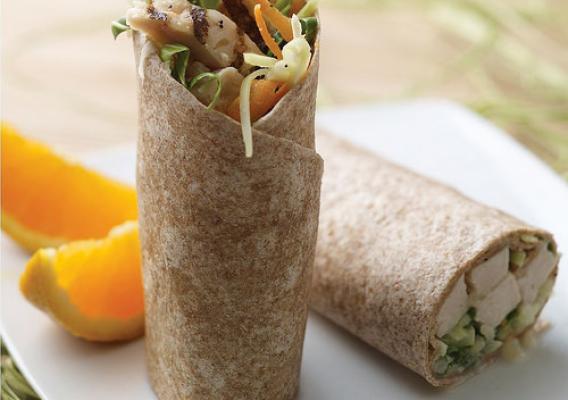The following guest blog highlights the important work of Chef Brenda Thompson, RDN (Registered Dietitian Nutritionist). Thanks to a USDA Team Nutrition grant, she developed recipes for the Chef Designed School Lunch cookbook. Chef Brenda is currently working with the Idaho State Department on the final stages of her second book, Chef Designed School Breakfast, which will be published online at the end of this year.
By Chef Brenda Thompson, RDN
As an advocate for school foodservice staff, I am committed to being a resource—both in getting the word out about the nutrition goals schools are achieving daily and in helping kitchen staff be more efficient and have fun at their jobs.
In conjunction with these goals, I am often presented with opportunities to provide support for schools in meeting the standards set forth in the Healthy Hunger Free Kids Act of 2010. Since I enjoy marketing healthy foods to kids and encouraging them to try new things, these opportunities are a great privilege.









